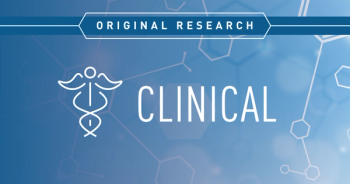
Overview of Different Therapies for Patients with Pulmonary Arterial Hypertension
Panelists discuss how current therapeutic strengths include 15 approved treatments with different mechanisms of action that can work synergistically, while limitations involve variable delivery methods and complexity, leading to more aggressive upfront combination therapy approaches.
Episodes in this series

Individualized Treatment Approaches
Risk stratification in PAH serves as a foundation for treatment decisions, but requires individualization based on patient-specific factors including age, comorbidities, functional status, and personal preferences. Traditional risk assessment tools focus on mortality prediction, but clinical decision-making must consider factors beyond survival probability. For example, elderly patients with arthritis may never achieve low-risk status due to mobility limitations, while young patients with poor functional capacity may warrant aggressive treatment approaches.
Treatment selection involves balancing disease severity with patient lifestyle and preferences through shared decision-making approaches. Working patients may not be suitable candidates for medications requiring multiple daily doses, favoring once-daily oral therapies or periodic injections. However, disease severity sometimes necessitates advanced treatments regardless of patient preference, particularly in high-risk situations where survival is threatened.
The complexity of treatment decisions reflects the need for truly personalized care that considers disease characteristics, patient circumstances, and treatment adherence potential. Some patients may require continuous infusion therapies despite associated lifestyle challenges, while others may benefit from less complex regimens that optimize compliance. This individualized approach ensures that treatment plans align with both clinical needs and patient reality, maximizing the likelihood of successful long-term management.
Newsletter
Stay ahead of policy, cost, and value—subscribe to AJMC for expert insights at the intersection of clinical care and health economics.














































